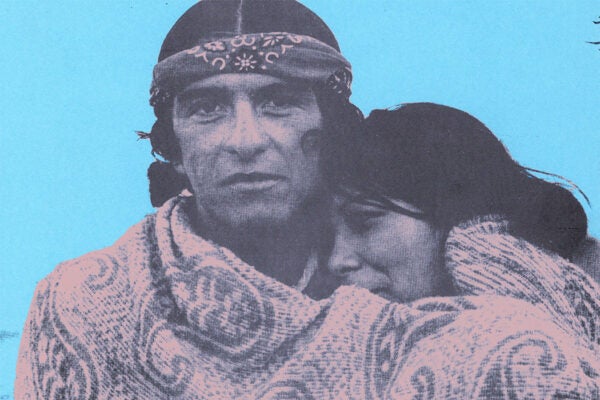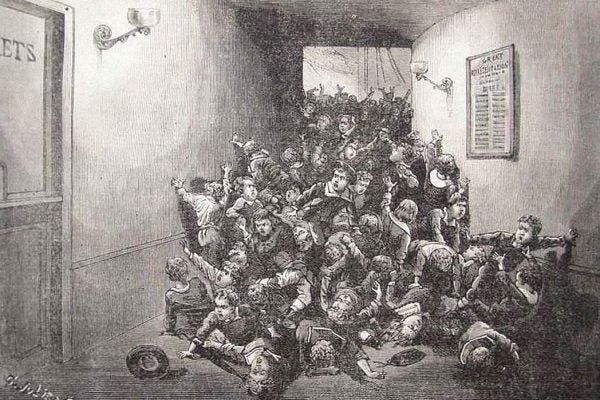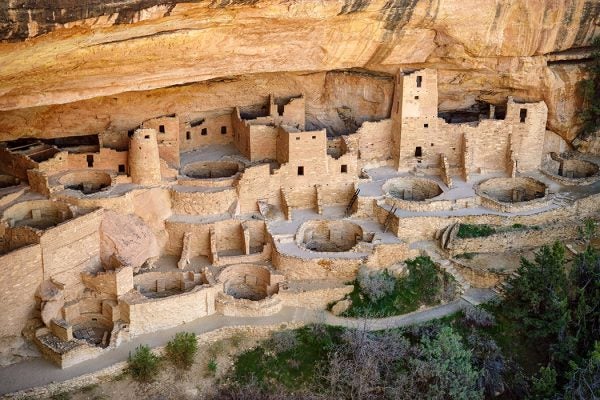The Allure of Chinese Medicine
Capitalizing on stereotypes earned Chinese-American practitioners patients, but it also helped keep them confined to the margins of American society.
The Fatal Current: Electrocution as Progress?
The electric chair was promoted as civilized and at the same time imbued with the technological sublime, the mystery of electrical power harnessed by humans.
What Can Native American People in Prison Teach Us About Community and Art?
An exploration of creativity, ingenuity, and resilience using the American Prison Newspapers collection and JSTOR. The second curriculum guide in this series.
The Devonshire Manuscript
The sixteenth-century handwritten collection of poetry and commentary offers a glimpse of intellectual life at the court of King Henry VIII.
Cold War Flames on US Soil: The Oakdale Prison Riot
In the 1980s, Cold War tensions led to thousands of Cubans languishing in American prisons, unable to be released or repatriated. Uprisings followed.
How the Jewish Labor Bund Changed After World War II
For those thousands involved with the Bund, the group played an important role in a era marked by trauma, displacement, and resettlement.
Desperately Seeking Taylor Swift
The lyrics, the music, and the metaphors of the pop star of the moment.
Death by Crowding
In the aftermath of tragedies, it's easy to focus on the assignation of blame. But how well do we understand the causes of crushing crowds?
Why Did They Leave the Pueblos?
The Ancestral Puebloans were driven from their homes in the American Southwest by a combination of factors rather than a single cause.
Dung Beetles, A Marvel Hero, and New Archaeology
Well-researched stories from Sapiens, Electric Literature, and other great publications that bridge the gap between news and scholarship.









